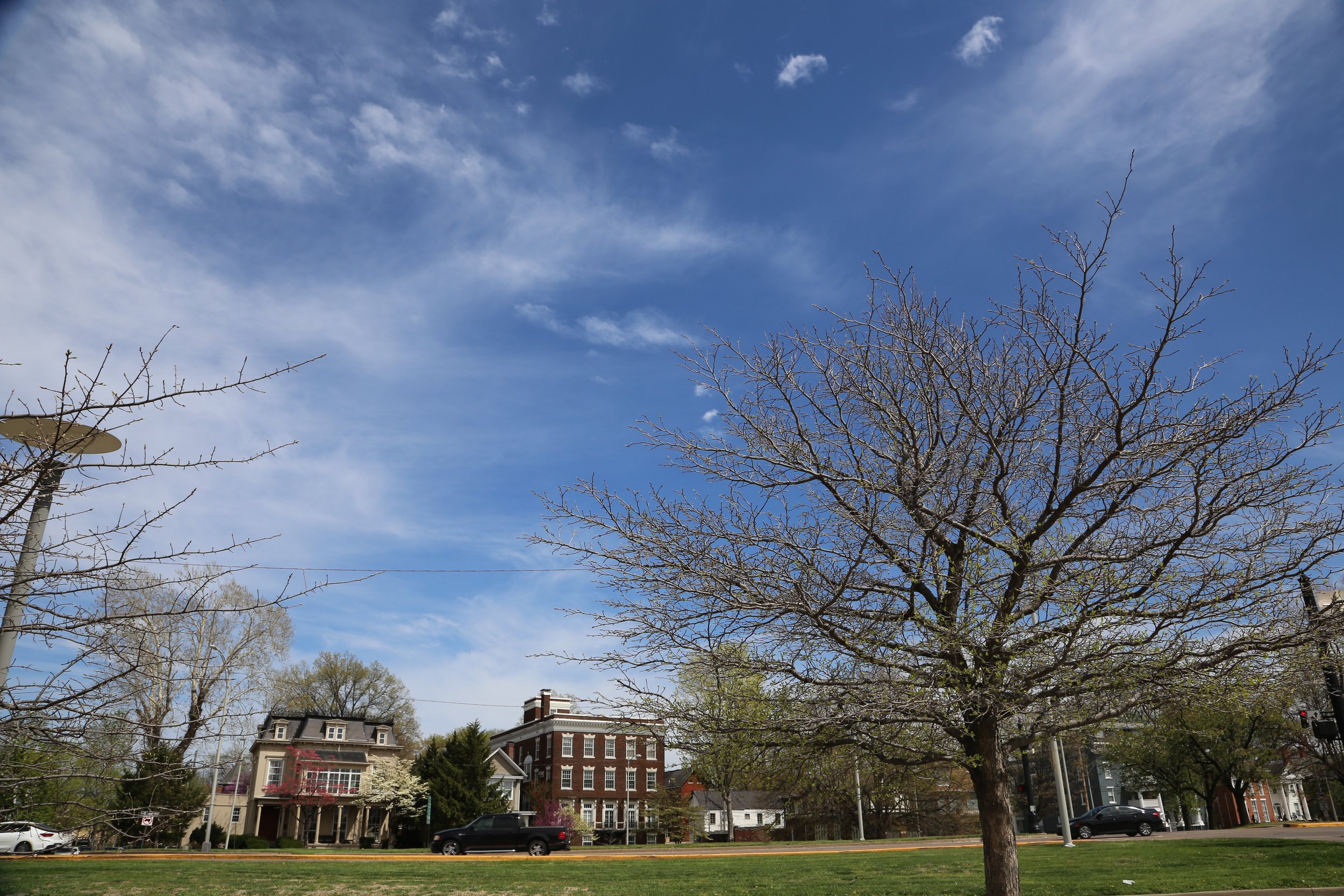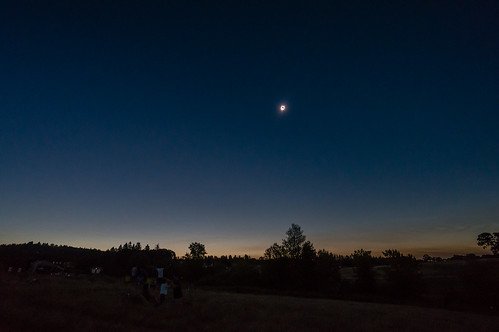The April 2024 Eclipse - Less Than One Year Out
The April 2024 Eclipse - Less Than One Year Out
As I write this blog, less than one year remains before our region experiences the April 8, 2024 total solar eclipse—the most spectacular, most accessible, grandest celestial event that you may ever see in your lifetime. If you were in Evansville during the last eclipse in 2017, you didn’t experience the event that we will experience next year. In 2017 in Evansville the Moon obscured a little over 99% of the Sun. The difference between a 99% eclipse is like the difference between night and day. Or put another way, the difference between seeing something mildly interesting and seeing something that utterly takes your breath away! Individuals had to travel elsewhere to witness totality three years ago. You won’t have to travel anywhere if you live in Evansville and points north and west. On April 8, 2024 we’ll get our very own 100% total solar eclipse.
A solar eclipse takes place when the Moon passes directly between the Earth and the Sun. This happens somewhere on Earth 1-3 times a year, but not everywhere. Prior to 2017 the most recent eclipse visible in the continental U.S. took place in 1979, and excluding the total eclipse in April next year, the next one won’t happen anywhere near here until 2045. The fact that the 2017 and 2024 eclipses are slightly under seven years apart and both will occur in North America is a gift for those living in this region.
On eclipse day, April 8, 2024, at just after two o’clock in the afternoon, individuals viewing the eclipse in southwest Indiana and western Kentucky will experience three minutes of darkness when the Moon eclipses the Sun. During a total eclipse of the Sun the sky will darken, the dark side of the Moon will appear impossibly black and will be surrounded by the pearlescent glow of the outer regions of the Sun. Four visible planets may frame each side of the Moon, a few bright stars may come out, and a twilight-like glow will surround you. It should be a truly awe inspiring event.
Should the sky be cloudy not allowing us to view the eclipse, it will just get dark. Historically, the month of April is not the best time of the year to have clear skies in our region. According to the National Weather Service, six out of ten days will be cloudy on any given day in April. Given those odds, other places along the path of darkness--which stretches from Texas to Maine—appear more likely to have clear skies. With less than 1% of North America lying along the path of totality, which includes the larger cities of Dallas, Indianapolis, Cleveland and Buffalo, we are still the lucky ones. The eclipse will be total here.
The two daylight images in this blog entry show what the skies of southwest Indiana looked like on April 8th of this year. If the eclipse had happened on this, or any three out of the last four years, it would have been clear enough for you to have been able to view the eclipse. Hope for the best everyone.
- Mitch Luman, Director of Science Experiences



